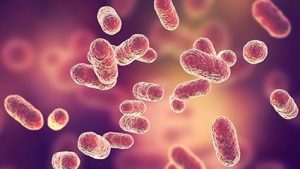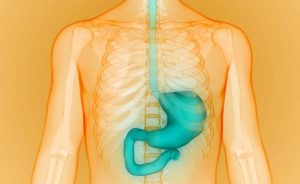
For all of those men who view a mustache as a largely ornamental addition to their masculine appearance, a new study reveals it can also guard against lip cancer. “Mustaches seem to protect the lip the same way that hair protects the scalp,” explained study author Dr. Daniel Aires. He is director of dermatology with the University of Kansas Health System. “While this makes intuitive sense, it had not been tested before.” To do just that, Aires and his team examined 200 male patients who had already been diagnosed with a precancerous condition known as actinic keratosis on the head or face. “Actinic keratosis is a scaly spot on the skin that can develop into a dangerous cancer called squamous cell carcinoma,” Aires explained. “Since lip skin is so thin, lip actinic keratoses can invade and become deadly faster than actinic keratoses elsewhere on the skin.” Roughly 3 million Americans are diagnosed with actinic keratosis each year, he noted, accounting for one of every seven dermatology visits. But, “likely many more go undiagnosed and untreated, since studies estimate that more than 10% of adults have actinic keratosis,” he added. Nearly 60 of the men in the study had a long history of sporting substantial “sheltering” mustaches, meaning mustaches that are at least 9 millimeters thick (about a third of an inch). In the end, Aires… read on >



































